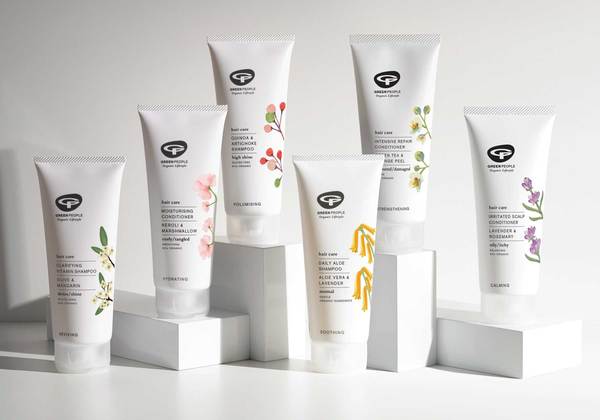

Vitamin B2 (Riboflavin) 30 Vegi Capsules
£5.95 Original price was: £5.95.£4.76Current price is: £4.76.
Riboflavin (Vitamin B2)
Riboflavin (also known as vitamin B2) is one of the B vitamins, which are all water soluble. Riboflavin is naturally present in some foods, added to some food products, and available as a dietary supplement. This vitamin is an essential component of two major coenzymes, flavin mononucleotide (FMN; also known as riboflavin-5’-phosphate) and flavin adenine dinucleotide (FAD). These coenzymes play major roles in energy production; cellular function, growth, and development; and metabolism of fats, drugs, and steroids [1-3]. The conversion of the amino acid tryptophan to niacin (sometimes referred to as vitamin B3) requires FAD [3]. Similarly, the conversion of vitamin B6 to the coenzyme pyridoxal 5’-phosphate needs FMN. In addition, riboflavin helps maintain normal levels of homocysteine, an amino acid in the blood [1].
More than 90% of dietary riboflavin is in the form of FAD or FMN; the remaining 10% is comprised of the free form and glycosides or esters [2,3]. Most riboflavin is absorbed in the proximal small intestine [4]. The body absorbs little riboflavin from single doses beyond 27 mg and stores only small amounts of riboflavin in the liver, heart, and kidneys. When excess amounts are consumed, they are either not absorbed or the small amount that is absorbed is excreted in urine [3].
Bacteria in the large intestine produce free riboflavin that can be absorbed by the large intestine in amounts that depend on the diet. More riboflavin is produced after ingestion of vegetable-based than meat-based foods [2].
Vitamin B2 Food
Foods that are particularly rich in riboflavin include eggs, organ meats (kidneys and liver), lean meats, and milk [2,4]. Green vegetables also contain vitamin B2. Grains and cereals are fortified with riboflavin in the United States and many other countries [4]. The largest dietary contributors of total riboflavin intake in U.S. men and women are milk and milk drinks, bread and bread products, mixed foods whose main ingredient is meat, ready-to-eat cereals, and mixed foods whose main ingredient is grain [3]. The riboflavin in most foods is in the form of FAD, although the main form in eggs and milk is free riboflavin [9].
About 95% of riboflavin in the form of FAD or FMN from food is bioavailable up to a maximum of about 27 mg of riboflavin per meal or dose [3].The bioavailability of free riboflavin is similar to that of FAD and FMN [9,10]. Because riboflavin is soluble in water, about twice as much riboflavin content is lost in cooking water when foods are boiled as when they are prepared in other ways, such as by steaming or microwaving [11].















Reviews
There are no reviews yet.